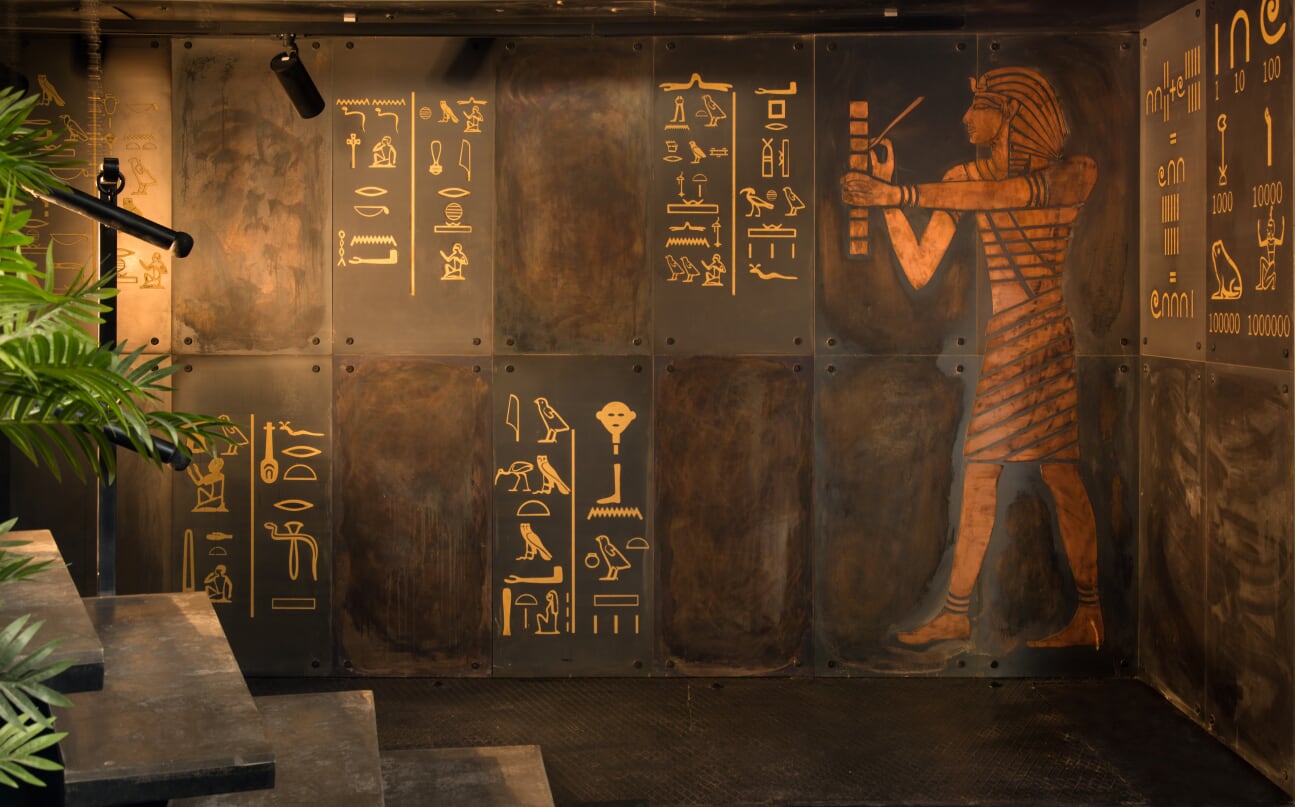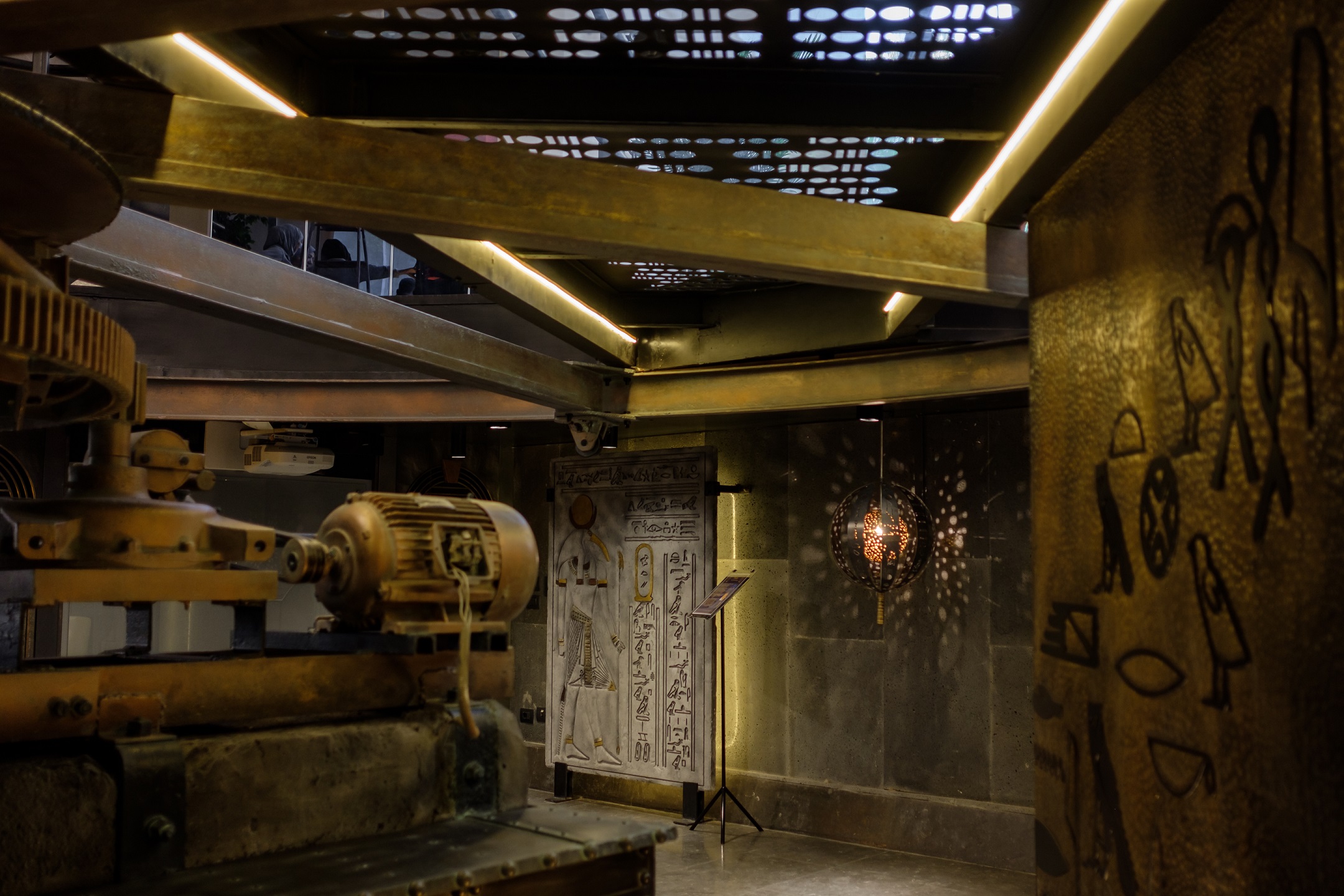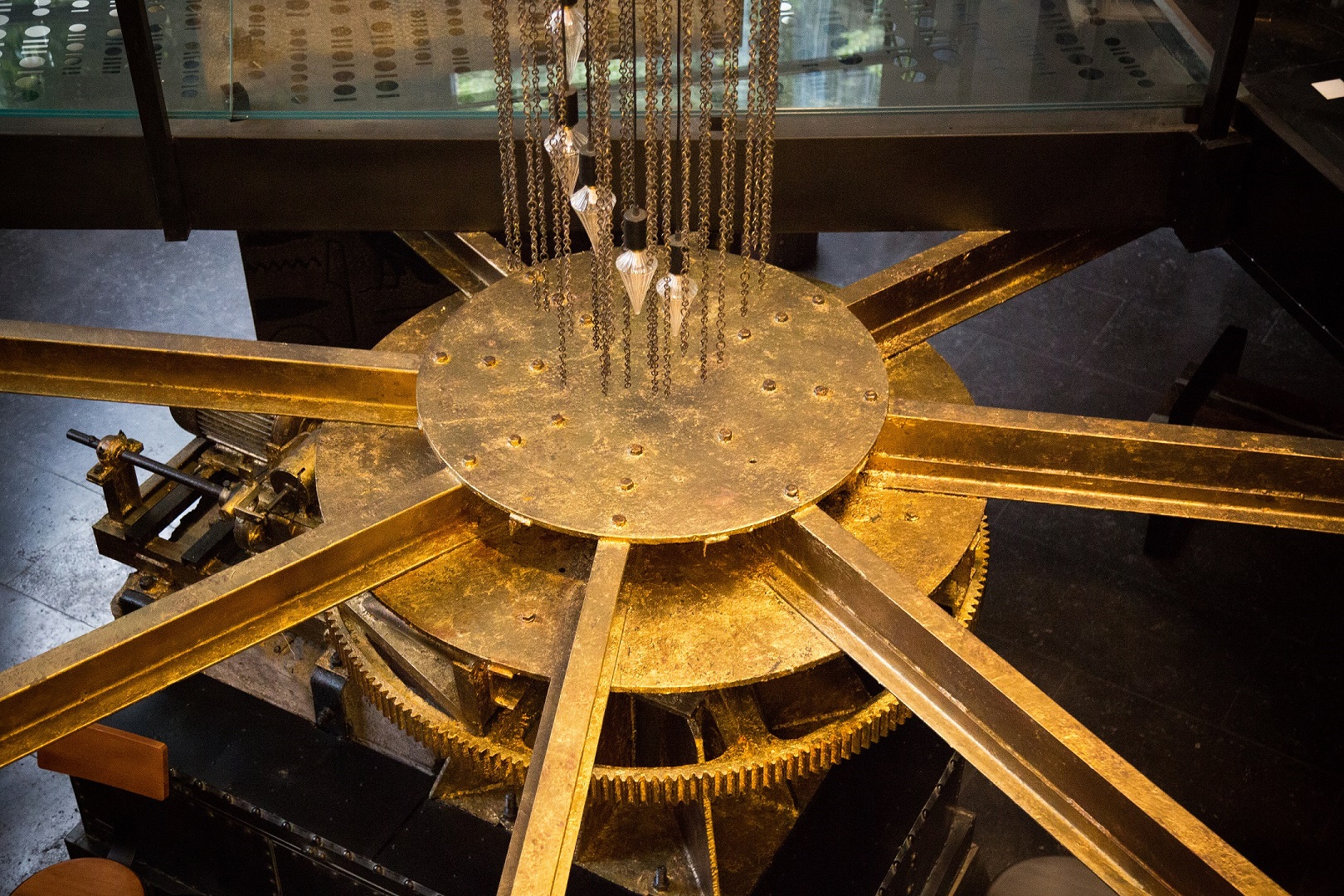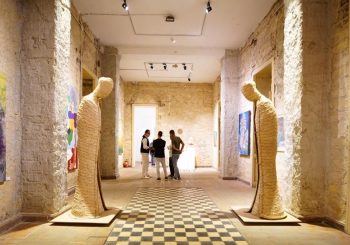
After a long journey investigating her country’s history, Egyptian architect and international ambassador of design Dalia Sadany received the “Golden Award” in the International “A’Design Award & Competition“ in Italy for her recent project, the Cyber Security Hall Museum located at the Greek Campus in Cairo.
The museum embodies the latest discovery she made about the ancient Egyptians, namely that they were the first to come up with the idea of knowledge security and ways of protecting information, known today as IT Security.
The “A’ Design Award & Competition” is one of the world’s largest annual design competitions that honors best designers, architects, and design-oriented companies worldwide; a large number of almost 13,000 designers compete in more than 105 design fields from around the world.
Dalia Sadany prides herself as an Egyptian architect who is successful both locally and internationally. A familiar name in the international community concerned with the arts of architecture and decoration, she has been able to highlight Egyptian traditions in the form of authentic architectural art, as well as contribute to raising the global image of Egypt’s civilization through value, radiance and brilliance.

Sadany expressed her pleasure to have received this award for her museum, with which she has been able to illustrate how many modern sciences in fact have their roots in pharaonic times.
“This museum was not easy to implement, but served as a challenge and incentive for every Egyptian to know more about his/her history. I did a lot of research and studies, which we documented in Arabic and English, with a number of Egyptologists and IT experts helping me build a full comparison and study of the origin of information security in Egypt,” Sadany shared with Egyptian Streets.
“Our ancestors were the first to discover the importance of information security. I was fascinated to find that the origins of several applications including Firewall, Deep Web, Password, Anti-Virus, Maze concept and Honey Pot go back to the pharaohs.”

In the museum, Sadany presents a mural with a drawing of ancient Egyptian scribes, accompanied by a number of pharaonic signs that are a testament to the importance of knowledge in ancient Egypt. These inscriptions include phrases that emphasize the importance of knowledge among the ancient Egyptians, showing how holy and grand the gift of education was to them.
Although Sadany used the style of CNC carvings on steel, she refused to use stones, not wanting the museum to be a mere imitation of the form of existing temples. Instead, she used an Egyptian grey marble different from the traditional sandy colored stones known in ancient Egypt.

She also collected all the symbols of protection, which were honored by the ancient Egyptians, and which used to decorate the walls we now see left in temples and tombs. These include the winged scarab, lotus and human hands, Horus eye, the symbol of god Osiris, the knot of Isis, the pygmy god, the cartouche, the Ankh ‘key of life’, the cobra, the winged sun, the emblem of the pharaonic authority ‘the stick & sceptre’.
Assembled in one place and accompanied by stones from Egypt’s twenty-eight governorates, each stone symbolizes protection and represents a government in ancient Egyptian history. Sadany used these stones in order to show the whole place as an amulet of our ancient Egyptian ancestors, through a distinctive work of art.
Sadany informed us that the lighting unit she set up in this museum is called “Thamoun,” and that it presents eight gods circulating around a metal sphere representing the earth. A guardian of the earth, this distinctly pharaonic lighting unit can be considered a masterpiece in itself.

In her projects Sadany always seeks to introduce the details of our history to Egyptians and foreigners, especially of pharaonic history, which is a source of pride for Egyptians and continues to intrigue the world.
“It was my pleasure to discover that our ancestors were the pioneers in information security systems and the ways of saving them; we must always imagine that all the ancient Egyptians did was protect their science from thieves. Today, companies protect information from virtual hackers on the internet, so what the West now believes was their invention, has already existed since the time of the Egyptian civilization thousands of years ago.”








Comment (1)
[…] Source link […]